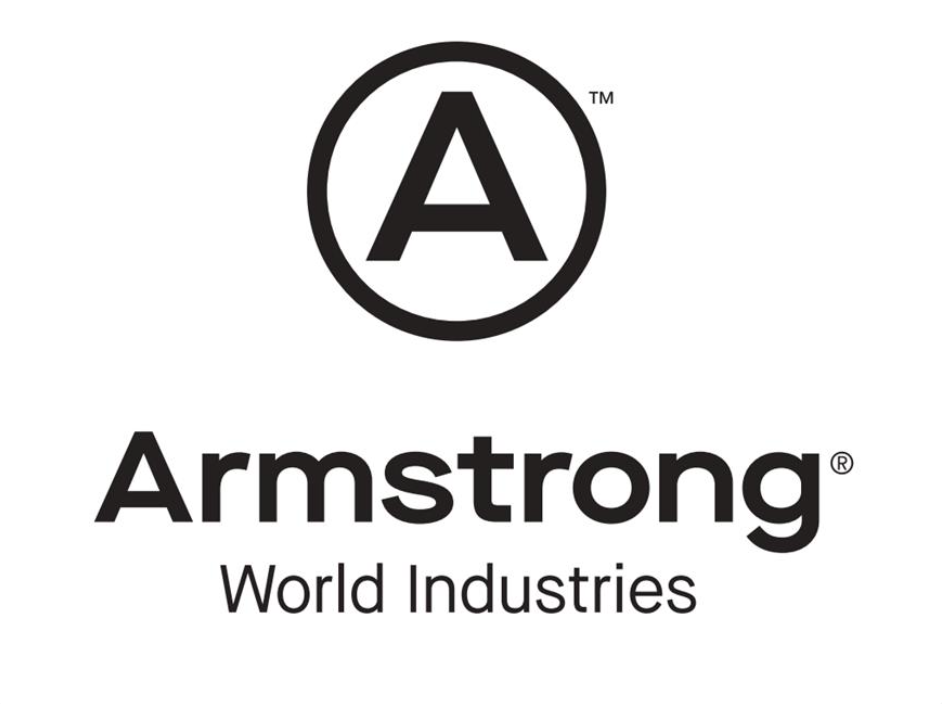This CE Center article is no longer eligible for receiving credits.
A building can promote the well-being of its occupants in a variety of ways?—just ask any architect. Some will say it should be free of toxic chemicals. Others might argue that the design should discourage occupants from being too sedentary. Still others will maintain that a building must foster ways for its users to be productive and happy. Now a new certification program called WELL is available. This set of health-centered guidelines could help architects and other professionals define more precisely the relationship between wellness and the built environment.
Continues at architecturalrecord.com »

Photo © Bruce Damonte
A building can promote the well-being of its occupants in a variety of ways?—just ask any architect. Some will say it should be free of toxic chemicals. Others might argue that the design should discourage occupants from being too sedentary. Still others will maintain that a building must foster ways for its users to be productive and happy. Now a new certification program called WELL is available. This set of health-centered guidelines could help architects and other professionals define more precisely the relationship between wellness and the built environment.
Continues at architecturalrecord.com »

Photo © Bruce Damonte











